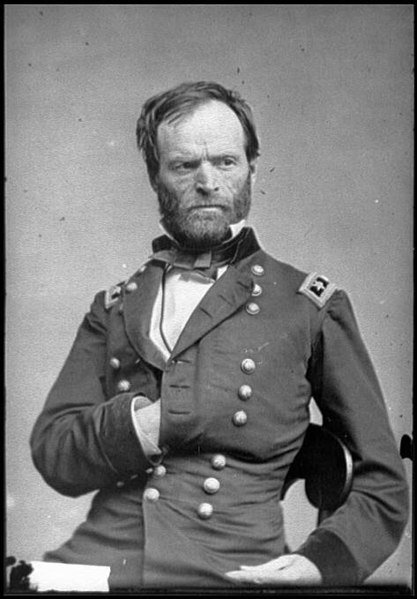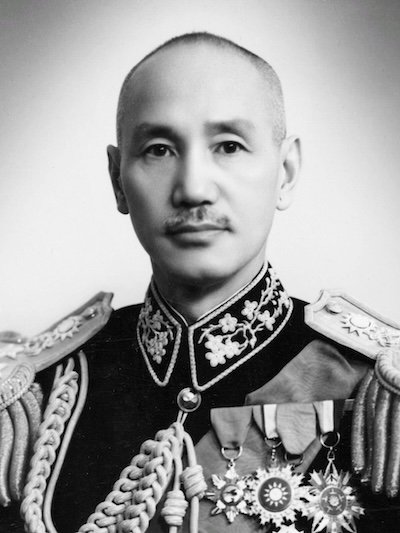Rosa Louise McCauley Parks was born in Tuskegee, Alabama in 1913. She joined the African Methodist Episcopal Church in her youth and remained a member her whole life.
She joined the NAACP in 1943 and served as the chapter’s secretary for many years. Through this work, Parks investigated many cases of discrimination and violence around the country.
On December 1, 1955, Rosa Parks refused to move to the back of the bus for a White person, resulting in her arrest.
Since the 1940s, similar incidents had occurred all over the US with increasing frequency. Sometimes this was the result of conscious organizing. Other times they were spontaneous actions Black people undertook because they were, in Parks’ words, “tired of giving in.”
The NAACP and other civil rights organizations collaborated on making Rosa Parks’ case a major flashpoint in the fight against Jim Crow, resulting in the Montgomery Bus Boycott.
Numerous lawsuits around the country had ruled against segregation laws and practices, but had failed to result in concrete change. However, these earlier fights were critical in building the momentum that would lead to more radical changes. Thanks to collaborative activism among many organizations and individuals, the Montgomery Boycott became a sustained and visible campaign that helped the anti-segregation lawsuit, Browder v. Gayle, make its way to the US Supreme Court. The court found for the 4 Black female plaintiffs, ruled against American “Separate But Equal” policies, and marked the beginning of widespread integration on local, state, and federal levels. Brown v. Board of Education had only addressed integration in public schools.
Sources:
Rosa Parks: My Story- Internet Archive
Nonviolence vs. Jim Crow 1942: Bayard Rustin- Civil Rights Teaching
Irene Morgan 1944- Equal Justice Initiative
Lillie Mae Bradford 1951- Wikipedia
Claudete Colvin 1955- Smithsonian Magazine
Browder v. Gayle- Stanford University






